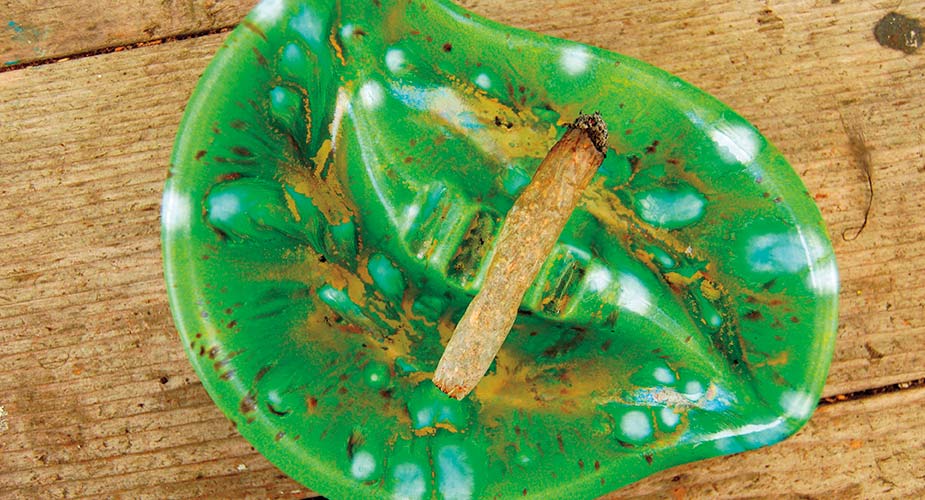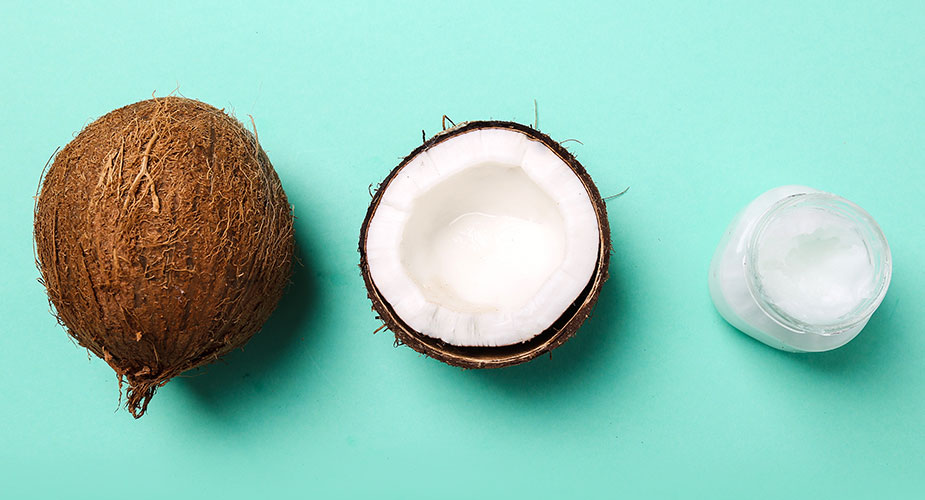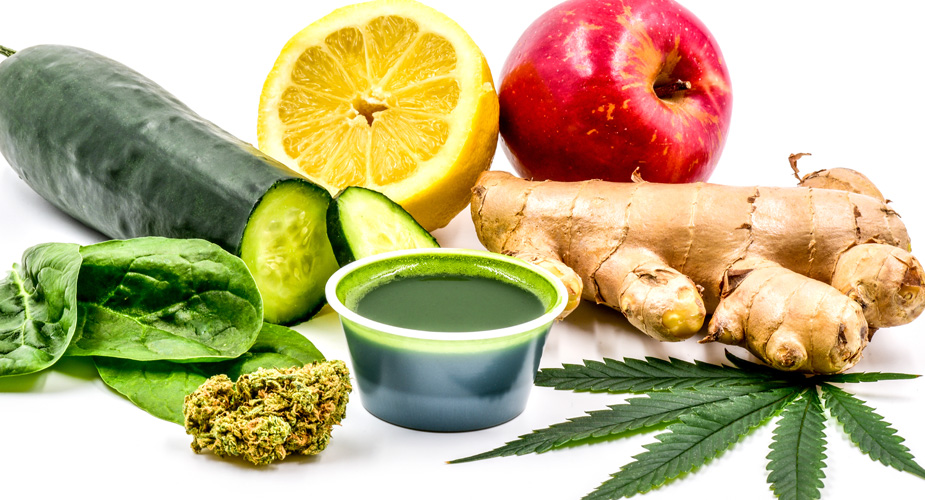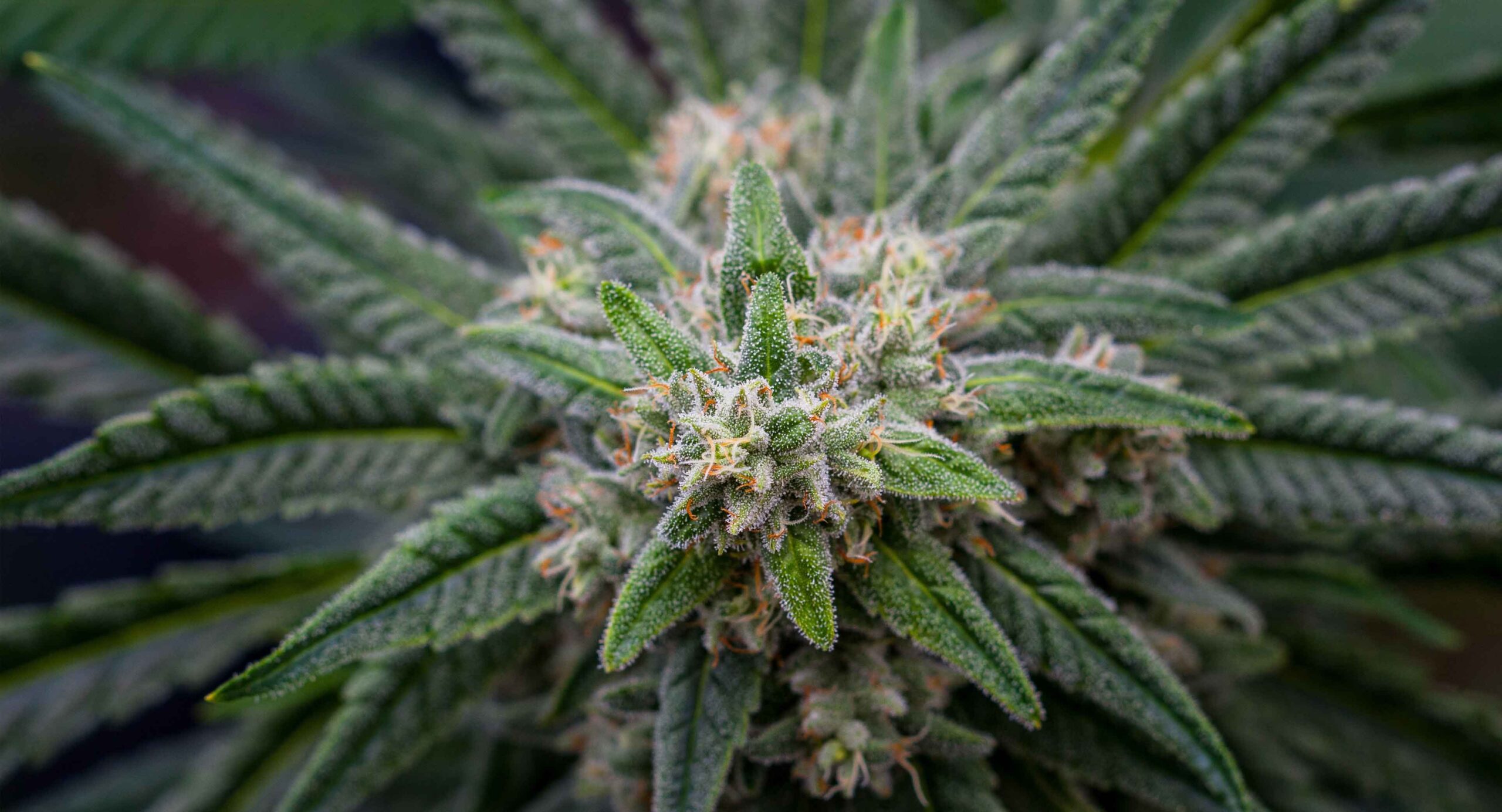When I became pregnant with my daughter at twenty-nine, I sadly left the herb behind. I thought in doing so, I was being a responsible, upstanding mom.
But at age thirteen, my daughter was diagnosed with fibromyalgia, an autoimmune disease that causes chronic pain and other debilitating complications. Within three years of her diagnosis, she couldn’t attend school, and she couldn’t play softball or any of the physical activities she loved.
When she was sixteen, a friend acquired a small bag of weed off the black market, stating it may help ease my daughter’s pain. I rolled a joint for the first time in years, and we sat in the garden, puffing and passing. She didn’t like the euphoric feeling from the THC, and that afternoon we spent a full three hours thrift shopping until the effects wore off.
So, there I was with this little bag of green. What to do? I was sorry I couldn’t help my daughter, but even after all those years of abstinence, weed made me feel just as good as it did years prior. I decided to forget the stigma, so I created a workshop in the garage, and invited back my muse.
An earlier diagnosis of thyroid disease had left me fifty pounds overweight. However, with smoking, I soon found myself walking my neighborhood with a camera, bringing home broken bits of things, and becoming an assemblage artist in the process. Cannabis speeds up metabolism, and in a matter of weeks I was dropping pounds. You would think I would have gained more weight by smoking, but contrary to popular myth, the plant actually got me off the couch and out into the world again. By summertime I had stopped watching television, lost the fifty pounds, and gained back some muscle. I pitched a tent in the garden and slept out under the stars until the rains came in the fall.
Yes, my muse was fully resurrected; I loved smoking again! What fun, what pleasure! I could check into my little workshop, take a few hits, and create to my heart’s content. My day job of writing for television prospered, as I excelled creatively and professionally. Yes, everything I’ve ever written has been done fully medicated – be it for television, dailies, weeklies, or for magazines. It’s how I connect with my creative place. I don’t know how it works, and I don’t care. I’m simply grateful.
My newfound health had me yearning for a different life, so soon my daughter and I made the move to Northern California and Humboldt County. She enrolled in college, and I began writing for newspapers.
Humboldt County is synonymous with cannabis, and I slowly realized that most of my co-workers were somehow involved in the industry. Humboldt is a rural area and the hunting, fishing, and lumber industries were a shadow of what they once were, due to a drop in tourism. Without that source of income, many people turned to the cannabis industry out of economic necessity. Many savvy residents with minimum wage jobs work in the industry just to get by.
And though I’ve never been a grower, I’ve learned the ins and outs of this region and its estimated fourteen-billion-dollar industry, which helped me write about the area. However, eventually the daily newspaper I was writing for began to lay off staff. As a features writer covering human-interest stories, I was the first to be let go.
But my muse persisted, and I soon began writing a series for a local weekly titled “Behind the Curtain.” This was a subtle homage to the “Redwood Curtain,” the protective shroud that keeps Humboldt so cozily covert. Published prior to California’s failed attempt at legalization via proposition 19, the series put a human face on the pre-legalization side of the cannabis industry. The stories reflect the highs and lows of a black-market industry, shrouded in privacy, with residential neighborhoods that changed forever, out of fear. For when every third house hosts a room not discussed with neighbors, the dynamics of a community are altered.
The series also began my newfound career in writing about cannabis as medicine. Today I write internationally on the subject, penning many stories each month for magazines profiling everything to do with good medicine.
At age fifty I could not have found my medicine at a better time, for that’s when the body begins to weaken. Cannabis acts almost as a “Fountain of Youth.” It’s a rejuvenator of the body, and it rights the wrongs that cause us to have a myriad of modern day ailments that seem to lead so many people to pain, depression, and disease. Smoking made me feel better physically, but it also helped me find my artistic center once again. That, in turn, made me happier.
For finding one’s muse, this medicine is a must. The moral of this story is that if you have found your medicine, smoke-up! Be happy and healthy, and your weed will never let you down.




